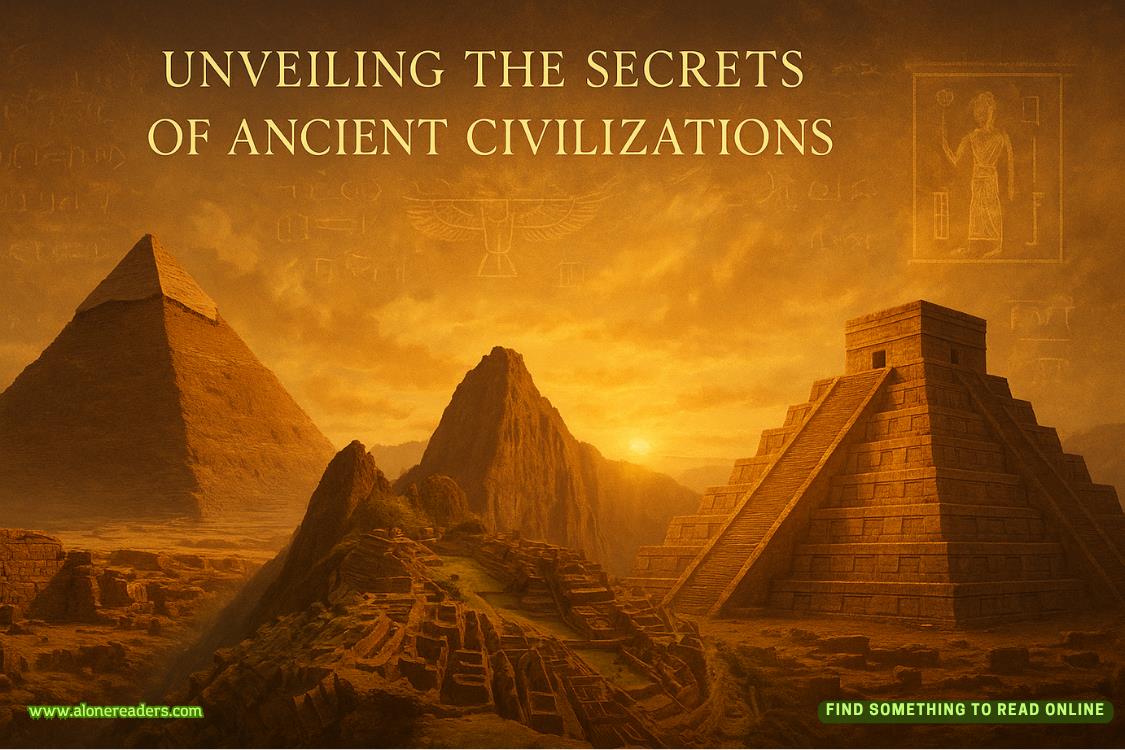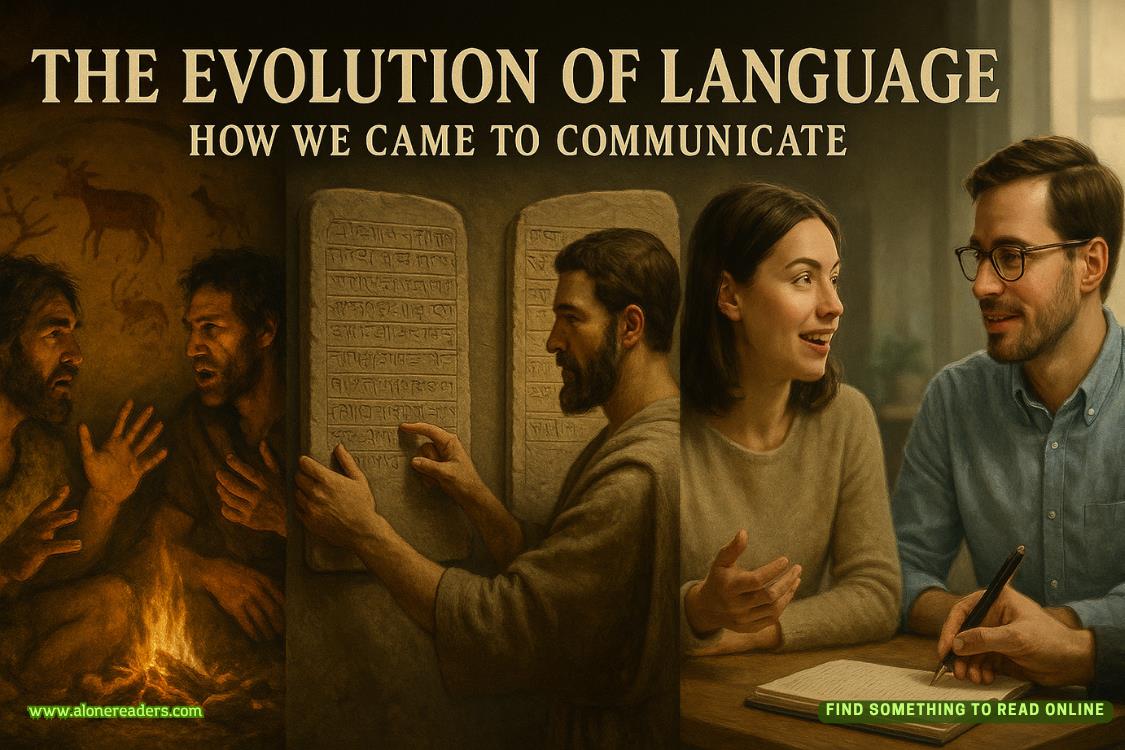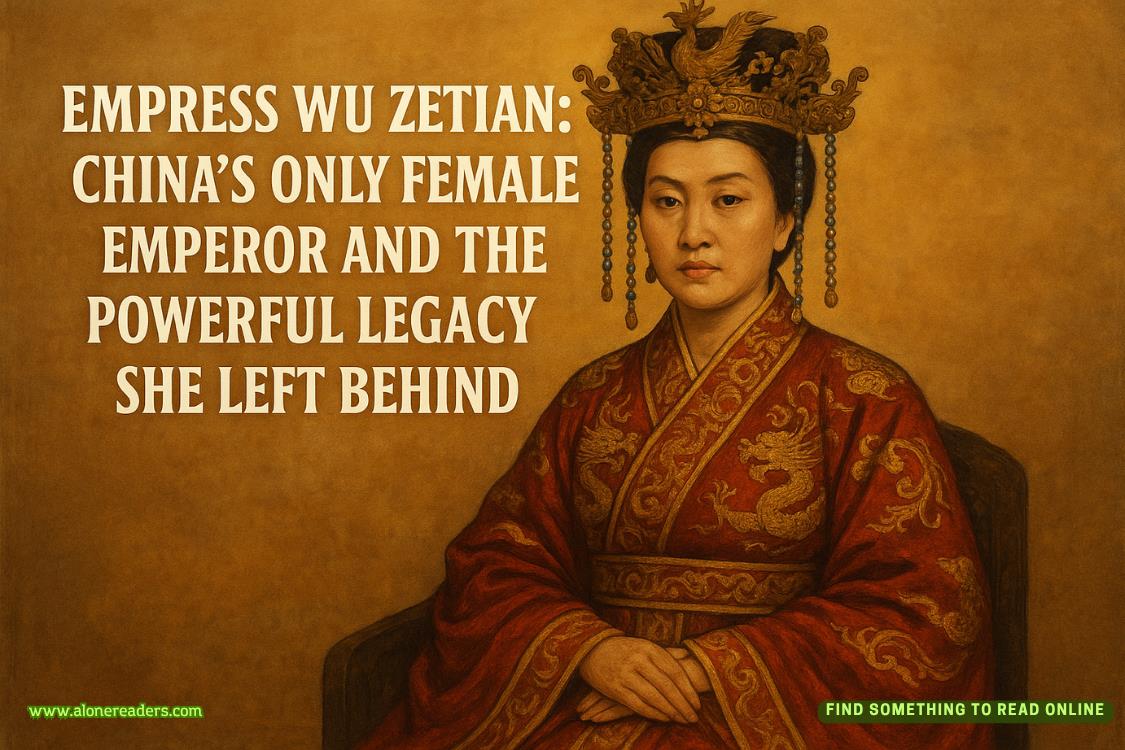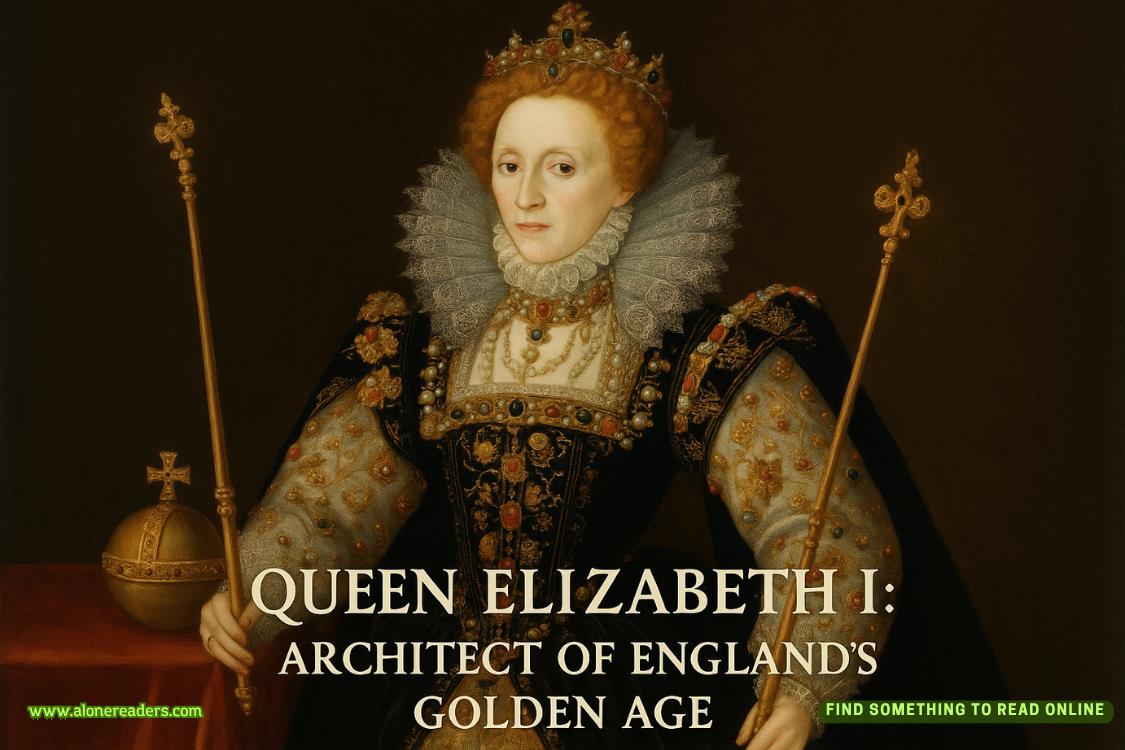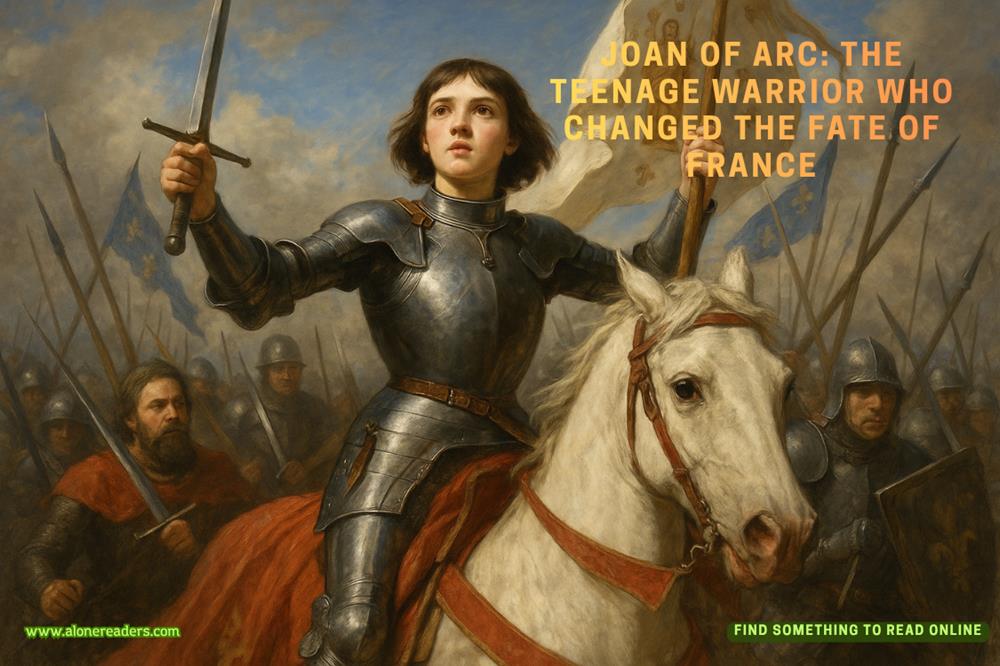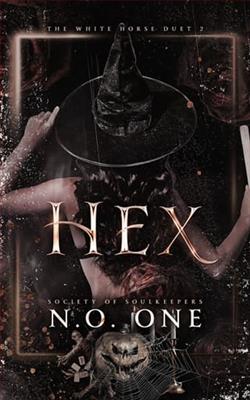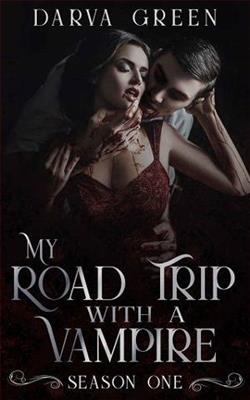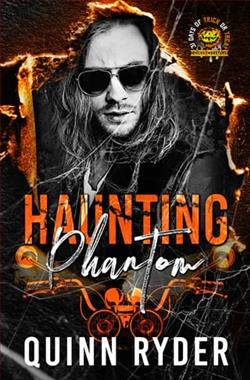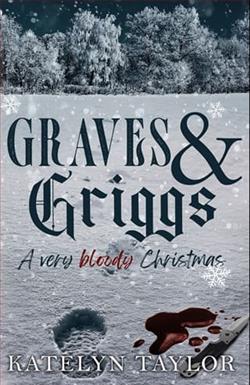Page 9 of Victory and Honor (Honor Bound 6)
MILITARY DISTRICT OF WASHINGTON
“What do I do, Mr. Clete?” Tom asked.
“Let’s see what happens if we ignore that,” Clete said.
What happened a half-mile down the road was the appearance of two MPs, both sergeants and both armed with Thompson submachine guns. They stood in the middle of the road. One of them held out his hand in an unmistakable Stop Right Damn There! gesture and the other looked as if he would be happy to finally be able to shoot the Thompson at somebody.
Tom stopped the Cadillac. Almost immediately, an Army ton-and-a-half truck, commonly called a weapons carrier, appeared behind the Cadillac. An MP jumped from the passenger seat, and two more MPs from the truck bed. They all had Thompsons, and they were clearly determined to do their duty to keep interlopers not only from getting into Fort Hunt, but also from escaping now that they had been captured.
The sergeant who had made the Stop Right Damn There! gesture now marched toward the Cadillac, with the other covering his back.
He had almost reached the car when he saw that the passenger was in uniform, and that the insignia of a lieutenant colonel was on his collar points and epaulets.
He went to the rear door and saluted. Clete returned it as the window rolled down.
The MP said, “Sir, may I have your prior clearance?”
“Take me to the commanding officer, Sergeant,” Clete replied, then nodded at the MP standing behind him. “And tell the sergeant there that if he intends to fire that Thompson, he’d better work the action.”
That didn’t have to be repeated. The sergeant immediately looked down at his weapon and clearly recalled that the Thompson submachine gun fired from an open bolt. Looking more than a little chagrined, he pulled back the bolt, thus rendering it operable.
Frade met the eyes of the MP at his window, smiled, then said, “Have you a vehicle we can follow, or would you rather ride with us?”
“Just a moment, Colonel, please, sir,” the sergeant said.
After consultation with the others, the sergeant returned to the Cadillac and got in the front seat. The sergeant with the now-functioning weapon walked to the weapons carrier, got in the front seat, and signaled for all but two of the others to get in the back. The two exceptions started walking in the direction of a guard post mostly hidden in the heavily treed roadside.
The weapons carrier moved to the front of the Cadillac.
“If you’ll just follow the truck, please?” the sergeant sitting beside Tom said.
Frade knew the highly secret mission of Fort Hunt—the interrogation of very senior enemy officer prisoners, predominantly German, but including a few Italians and even, Colonel Graham had told him, two Japanese—but he had never been here before.
It was not an imposing military installation, just a collection of built-in-a-hurry-to-last-four-years single- and two-story frame, tarpaper-roofed buildings. Clete wondered why it was called a fort. Most for-the-duration military installations—like the senior officer POW Camp Clinton he had visited in Mississippi—were called camps.
The two-vehicle convoy stopped at one of the two-story frame buildings. It bore the sign HEADQUARTERS, FORT HUNT. Standing in front were two U.S. Army soldiers, a slight, slim, bespectacled lieutenant colonel in a somewhat mussed uniform, and a stocky, crisply uniformed master sergeant. Both wore MP brassards on their sleeves and carried 1911-A1 pistols in holsters dangling cowboy-like from web belts, instead of the white Sam Browne belts that MPs usually wore.
Both looked with frank curiosity at the little convoy.
“Wait here, please, Colonel,” the MP sergeant sitting beside Tom said as he opened his door.
Screw you, Clete thought. I want to hear what you tell those two.
Frade was out of the Cadillac before the MP had reached the soldiers standing in front of Headquarters, Fort Hunt.
The two looked curiously at him. The master sergeant, apparently having spotted Frade’s silver oak leaves, said something behind his hand to the lieutenant colonel, whereupon both saluted.
“Good afternoon,” Clete said cheerfully as he returned the salute. “Why do they call this place a fort? It looks as if it was built yesterday.”
The question was obviously unexpected.
Clete saw on the Army lieutenant colonel’s uniform his name: KELLOGG.
After a moment, Kellogg said: “Actually, it was a fort. It was built for the Coast Artillery just before the Spanish-American War.”
“No kidding?”
“And the land once was part of George Washington’s farm,” Kellogg added.

